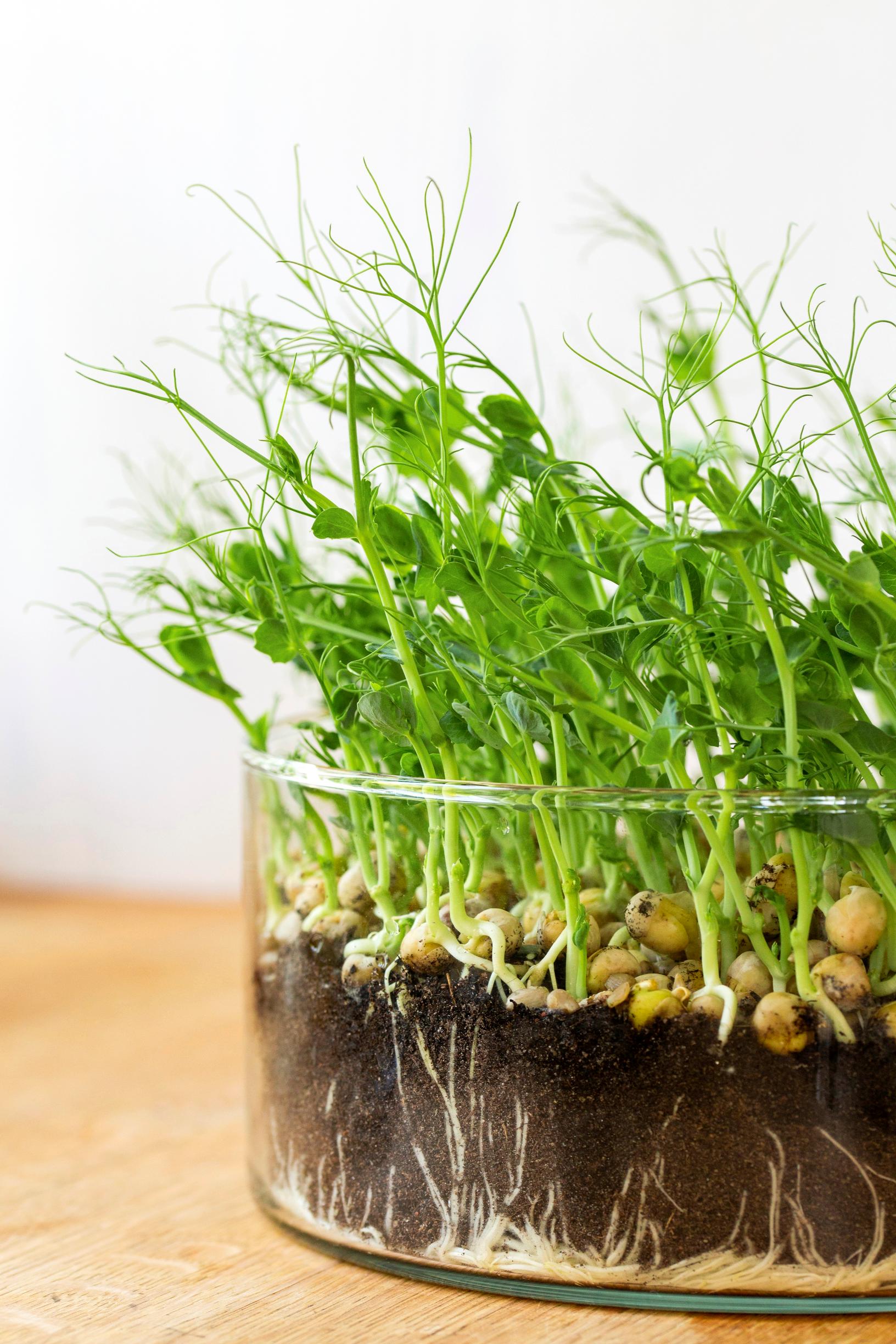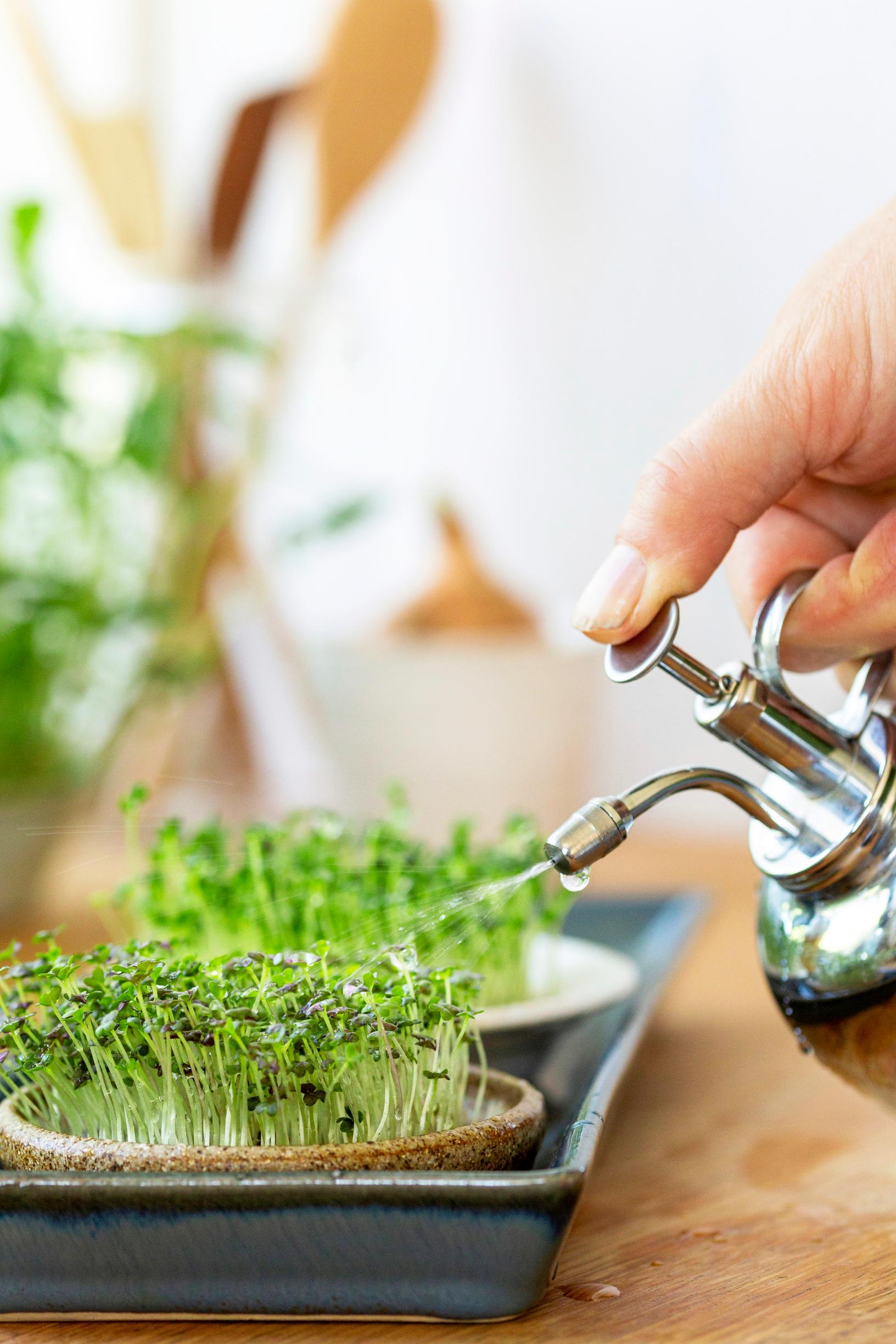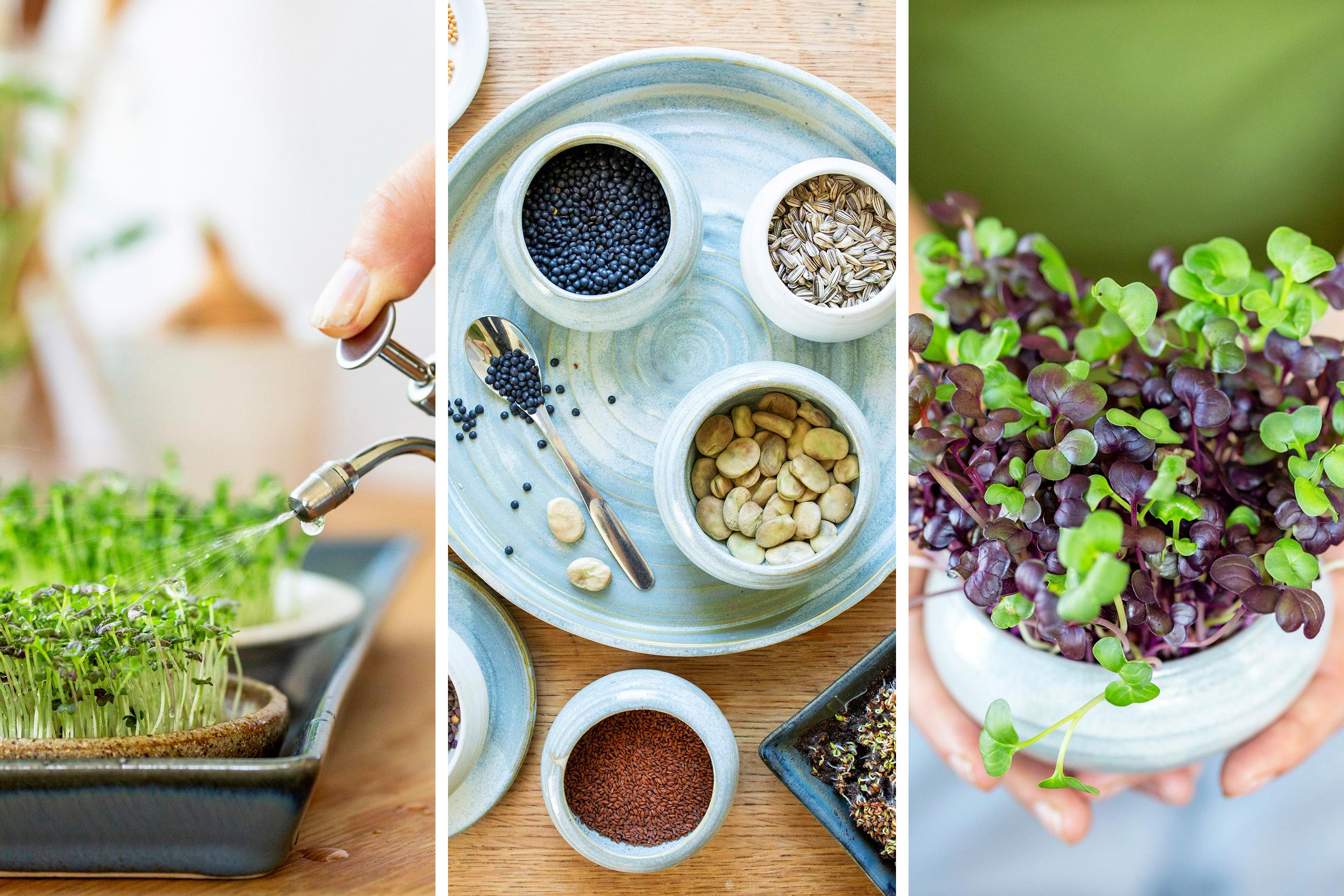
How to grow sprouts easily from grocery store seeds
Bring spring into your home early by sowing and sprouting mini superfoods from seeds. Best of all, you won't need to venture beyond your own kitchen or local grocery store, and you'll be harvesting the crops in just a few days.
Get a head start on spring sowing and enjoy a quick harvest by growing sprouts. You can find the seeds you need right in your kitchen cabinets or on the grocery store shelves. Peas, lentils, beans, corn, garden cress, and mustard are all excellent for windowsill sowing.
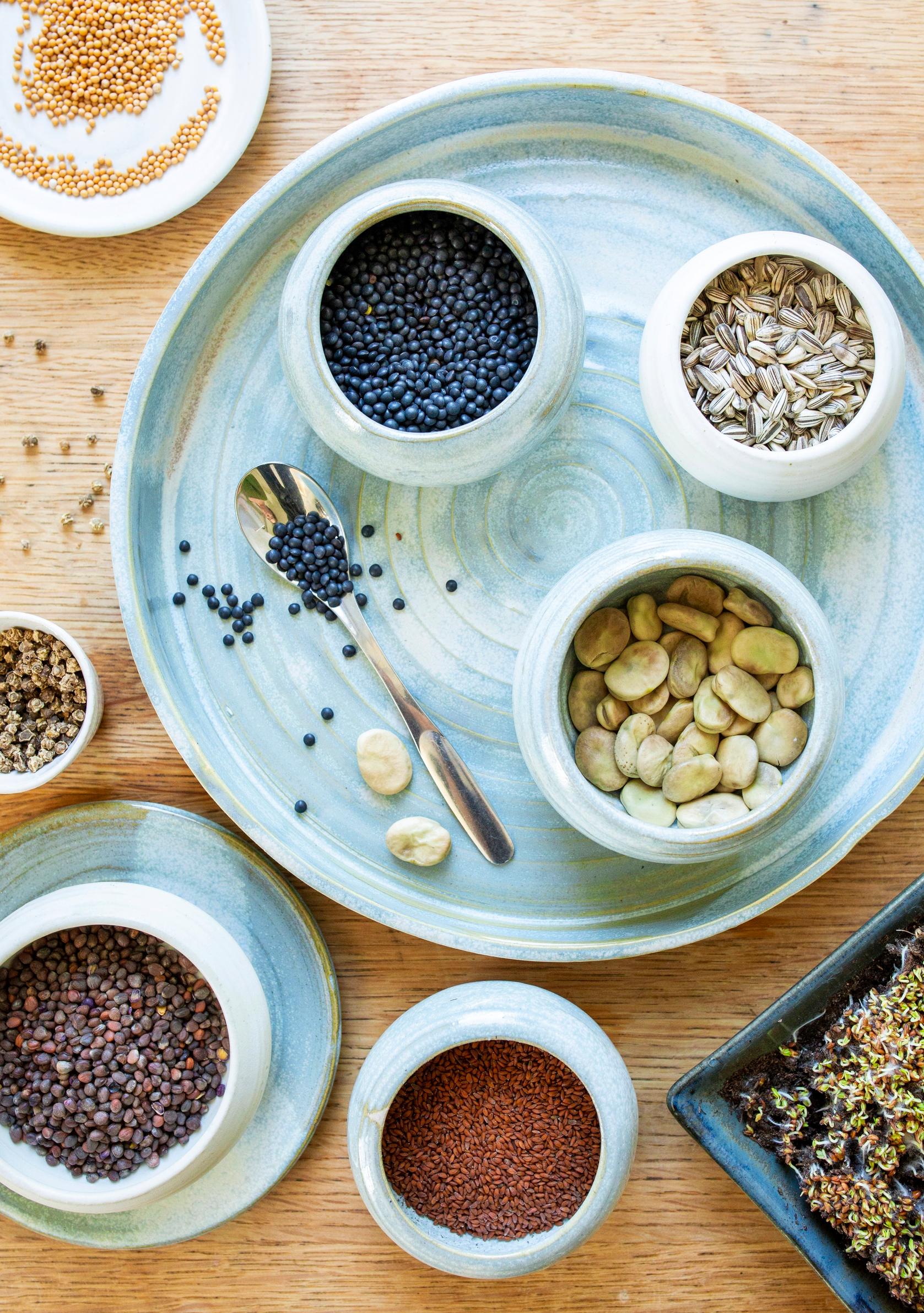
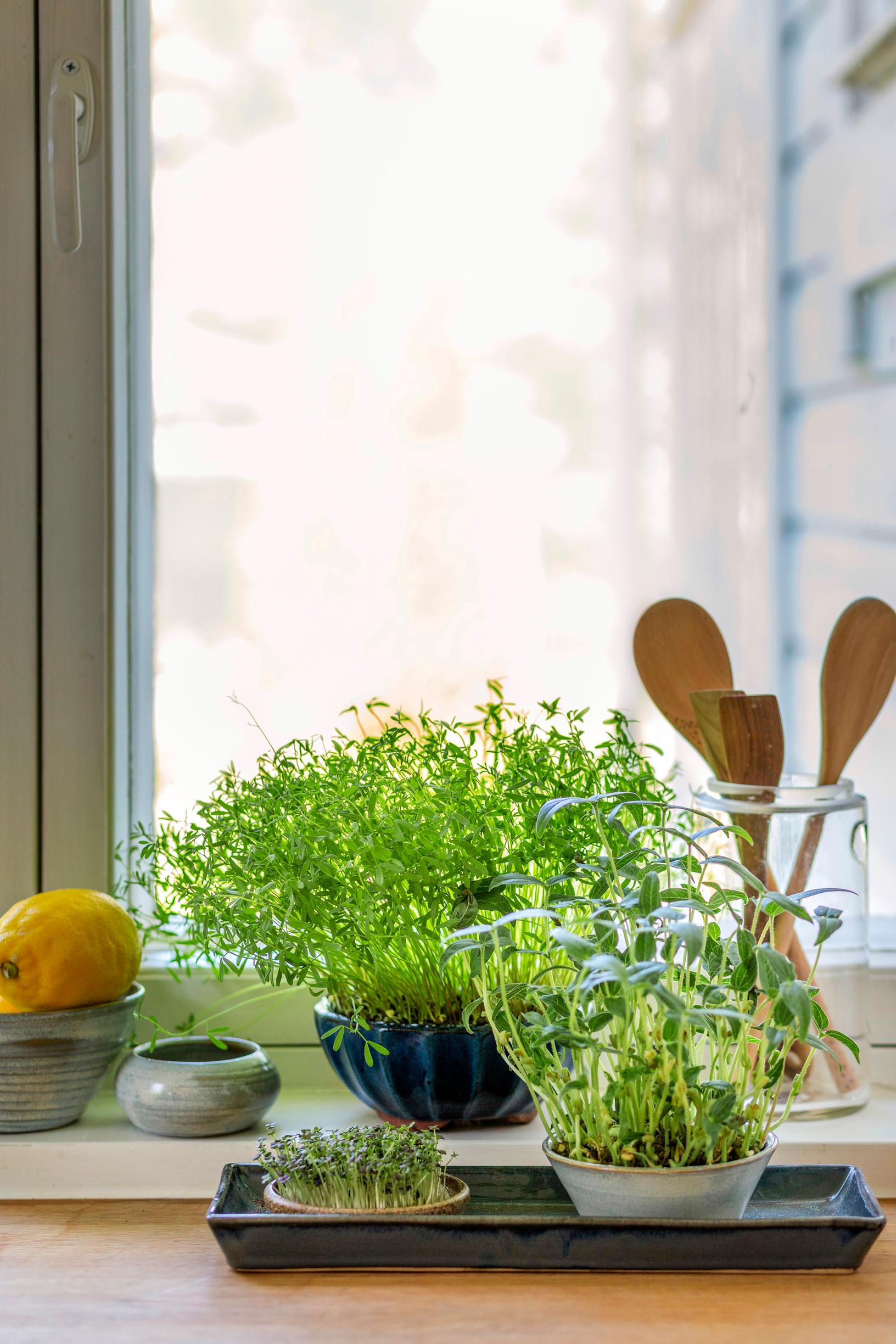
To grow sprouts, all you need are plates or other shallow dishes, paper towels, potting soil, a spray bottle, cling film, and of course, seeds. Plates are great for sowing because sprouts don't need deep soil.
It's a good idea to soak seeds before sowing. Large, hard seeds, in particular, will germinate more easily if soaked in water for a few hours or overnight. You can sow mustard, arugula, garden cress, and other small seeds directly from the packet.
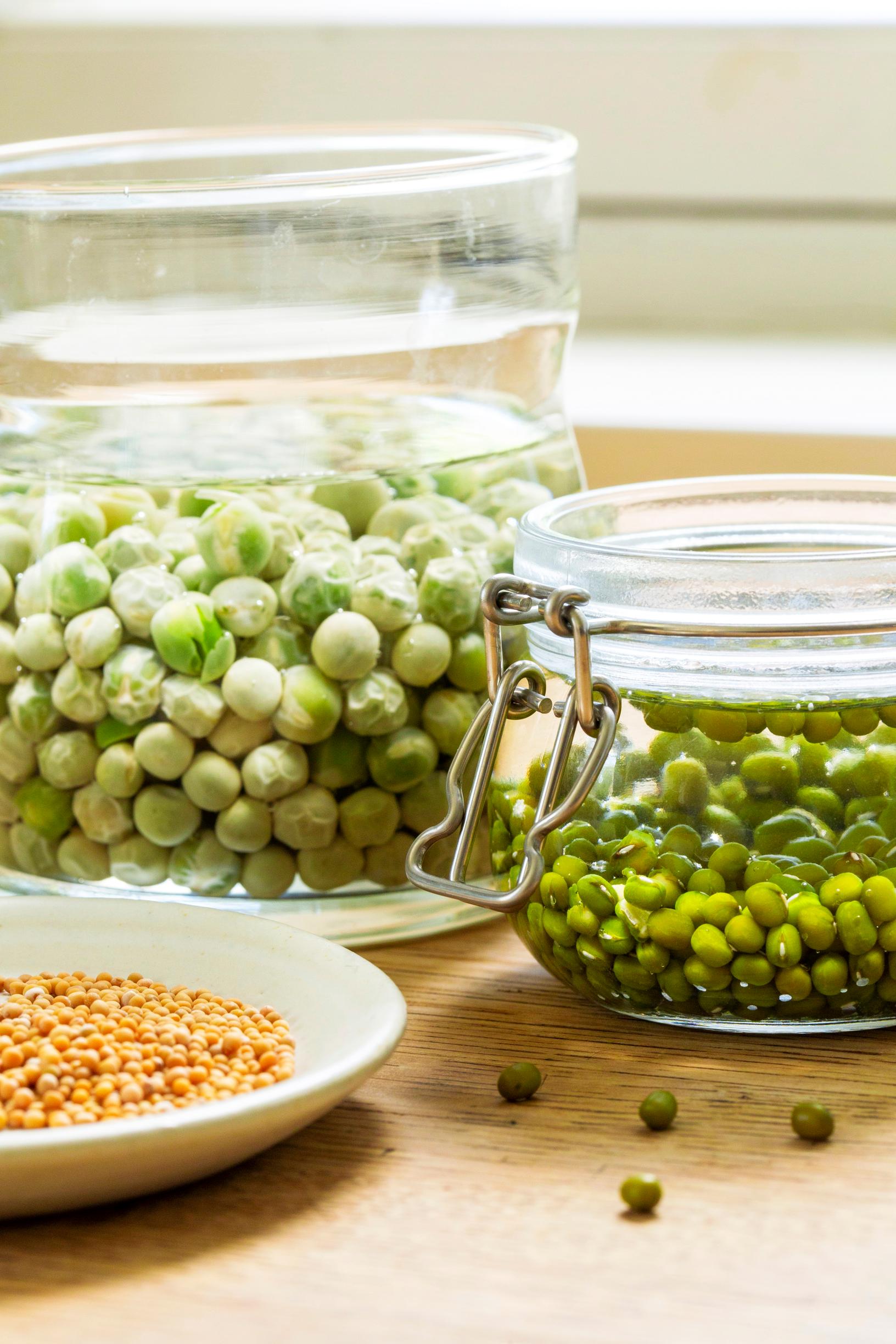
Growing sprouts is perfect for the impatient gardener. You can start harvesting in just a few days, or at most a week or two. The fastest crops come from garden cress and mustard, which have a strong, peppery taste. They can be sown on a thin layer of soil or even just damp paper towel. Black lentils and 'Sango' radish, which are great for sprouting, also germinate and grow into a lush crop quickly. You can start snipping your harvest as soon as the first leaves appear.
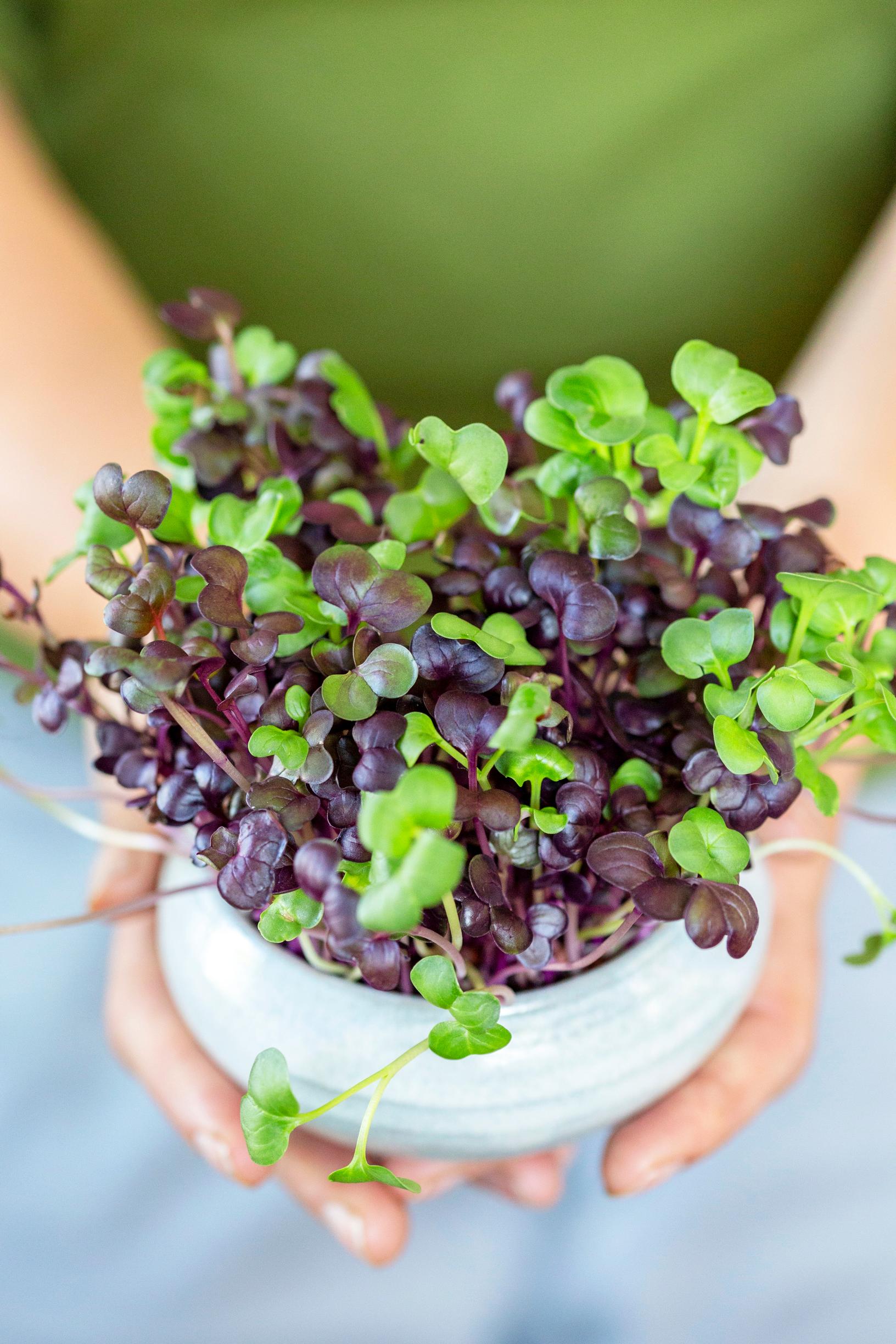
Peas, sunflower seeds, and broad beans have a milder flavor and crunch. The familiar popcorn kernels—that is, corn seeds—are best grown away from light, for example inside a box. This way, they become pale and develop a sweet flavor. When grown in light, corn sprouts turn woody and grass-like. Radish, Swiss chard, arugula, and mung beans add extra crunch, vitamins, and minerals to your dishes. Dried mung beans from the grocery store grow remarkably quickly and are great in salads, on bread, or in quick stir-fries.
